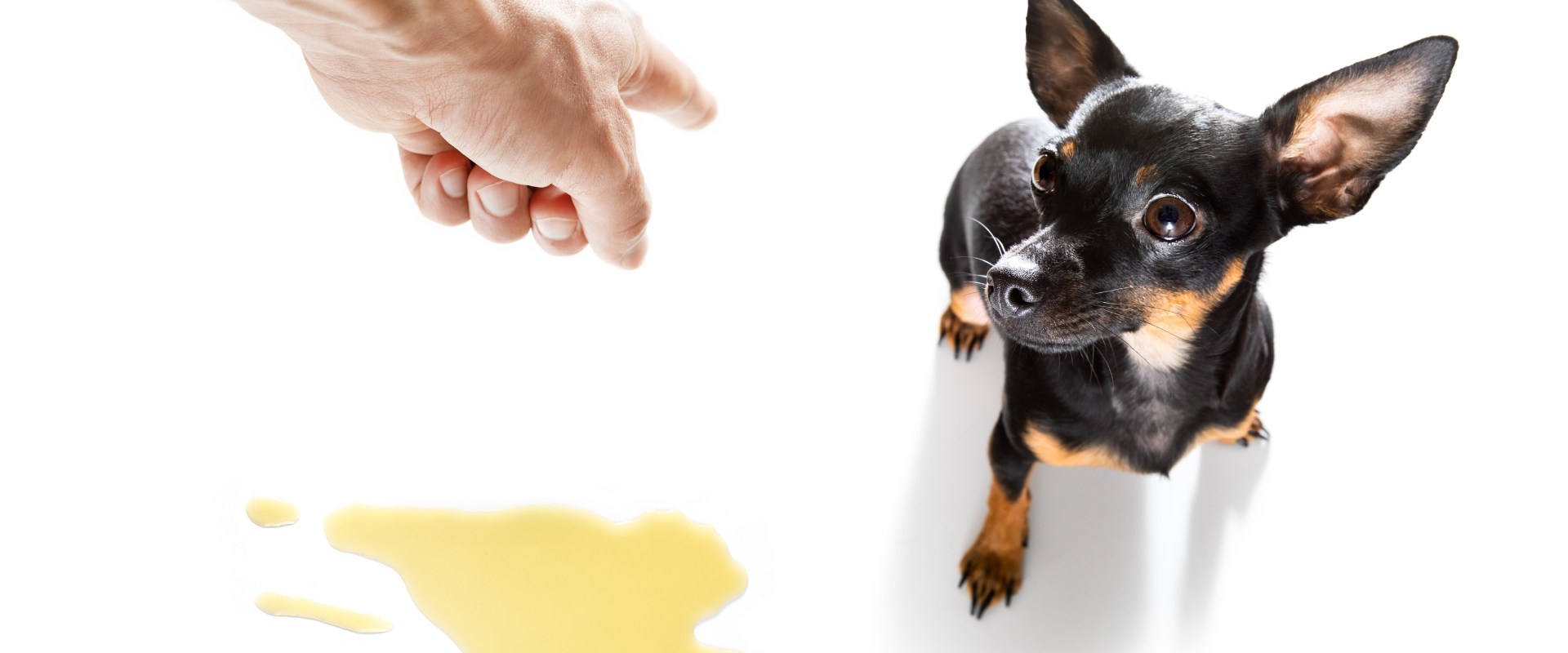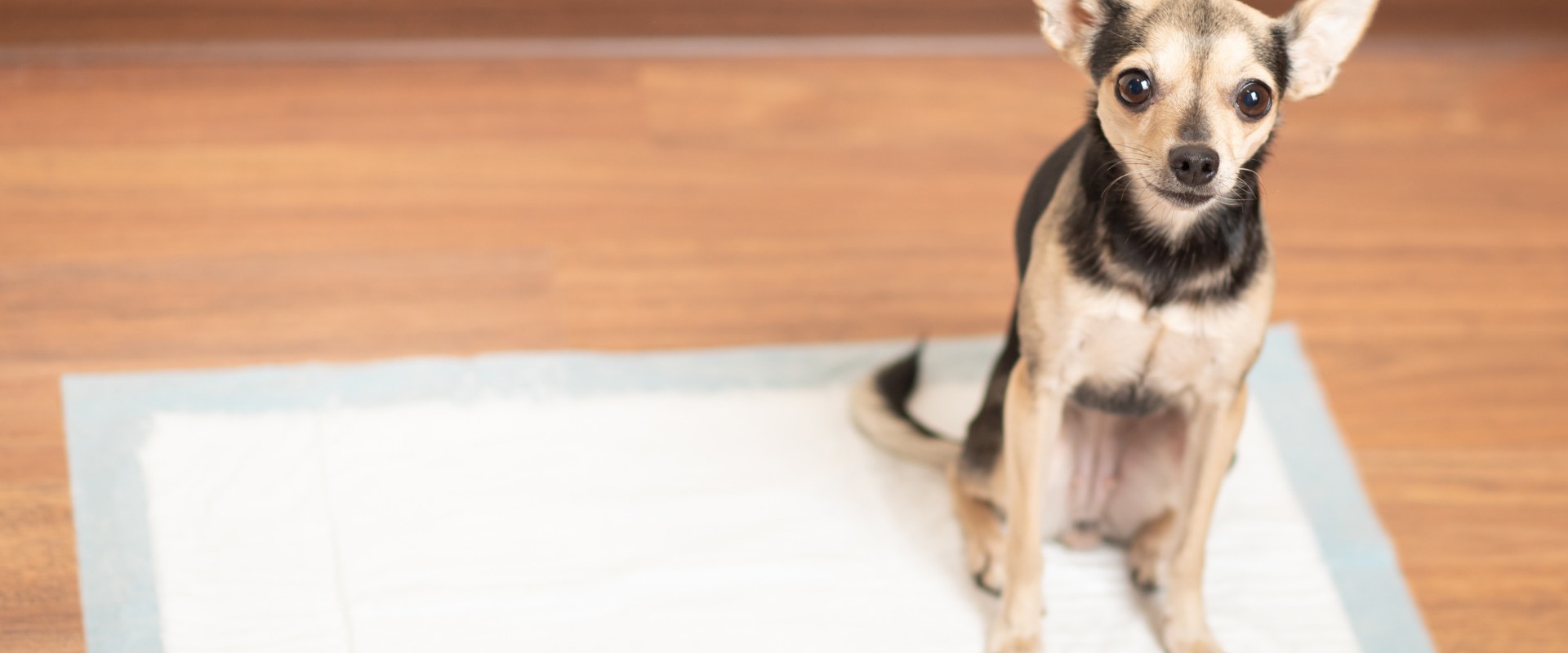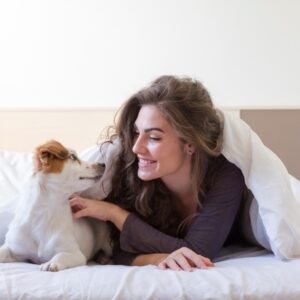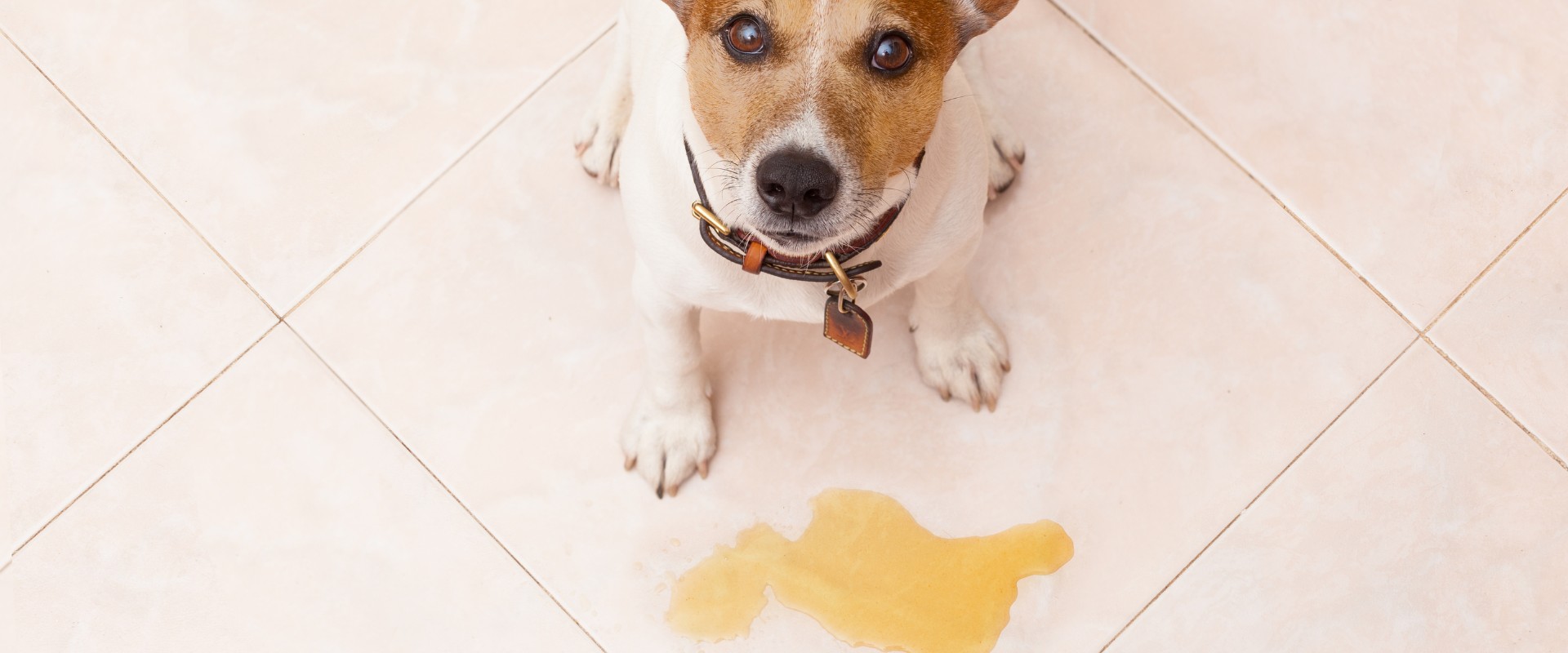Toilet training a puppy in 7 days is possible, but it requires consistency, patience, and a lot of positive reinforcement. Here are some tips to help you get started:
1. Choose a designated potty spot. This could be a patch of grass in your yard, a specific corner of your patio, or a designated puppy training pad. Once you’ve chosen a spot, take your puppy there every time you take them outside to potty.
2. Create a potty schedule. Puppies need to go to the bathroom frequently, especially when they’re young. A good rule of thumb is to take your puppy outside every 2 hours, or more often after eating, drinking, playing, or waking up from a nap.
3. Use a cue word or phrase. When you take your puppy to their potty spot, say a cue word or phrase, such as “go potty” or “do your business.” This will help your puppy learn to associate the spot and the cue word with going to the bathroom.
4. Be patient and consistent. It may take some time for your puppy to learn to potty train. Don’t get discouraged if they have accidents along the way. Just keep taking them to their potty spot on a regular schedule and praising them when they go potty in the right place.
5. Reward your puppy. When your puppy goes potty in the right spot, be sure to give them a high-value treat and lots of praise. This will help them learn that going potty in the right place is a good thing.
6. Clean up accidents immediately. When your puppy has an accident, clean it up immediately and thoroughly. You don’t want your puppy to start associating their potty spot with their accidents.
7. Crate training can help. Crate training can help with potty training because puppies are naturally reluctant to go to the bathroom in their own den. When you’re not able to supervise your puppy, put them in their crate. This will help prevent accidents from happening.

Here is a more detailed 7-day potty training plan:
Day 1:
- Choose a designated potty spot.
- Create a potty schedule.
- Start using a cue word or phrase.
- Be patient and consistent.
- Reward your puppy when they go potty in the right spot.
- Clean up accidents immediately.
Day 2:
- Continue following the same steps as Day 1.
- Start taking your puppy to their potty spot more often, especially after eating, drinking, playing, or waking up from a nap.
- If your puppy has an accident, try to take them outside to their potty spot as soon as possible.
Day 3:
- Continue following the same steps as Day 2.
- Start paying close attention to your puppy’s body language. Puppies often give signs that they need to go potty, such as sniffing the ground, circling around, or squatting. When you see these signs, take your puppy to their potty spot immediately.
Day 4:
- Continue following the same steps as Day 3.
- Start gradually increasing the amount of time that your puppy can spend unsupervised. However, be sure to check on them regularly and take them to their potty spot if needed.
Day 5:
- Continue following the same steps as Day 4.
- Start taking your puppy to new places. Be sure to take them to their potty spot before and after you go inside.
Day 6:
- Continue following the same steps as Day 5.
- Start reducing the number of times that you take your puppy to their potty spot. However, be sure to take them out whenever they show signs that they need to go.
Day 7:
- Continue following the same steps as Day 6.
- If your puppy has gone a whole week without having an accident, you can start to relax your potty training schedule a bit. However, it’s still important to supervise your puppy closely and take them outside to potty on a regular basis.
It’s important to remember that every puppy is different and some puppies will take longer to potty train than others. Just be patient and consistent, and your puppy will eventually learn to go potty in the right place.
Tips for potty training your puppy:
- Don’t punish your puppy for accidents. This will only make them more anxious and less likely to go potty outside.
- If your puppy has an accident inside, try to stay calm and clean it up immediately. Don’t rub your puppy’s nose in it or yell at them.
- Use a positive reinforcement approach to potty training. Praise your puppy when they go potty in the right place and give them a treat.
- If you’re having trouble potty training your puppy, consider hiring a professional dog trainer

Dogs training equipment can help
Yes, training equipment can help with potty training your puppy. Here are some of the most common and helpful pieces of training equipment:
- Crate: A crate can be a valuable tool for potty training because puppies are naturally reluctant to go to the bathroom in their own den. When you’re not able to supervise your puppy, put them in their crate. This will help prevent accidents from happening.
- Puppy training pads: Puppy training pads can be used indoors to provide a designated potty spot for your puppy. Choose a high-quality training pad that is absorbent and odor-neutralizing. Place the training pad in a quiet corner of your home where it won’t be disturbed.
- Artificial grass: Artificial grass can be used indoors or outdoors to provide a potty spot for your puppy. Artificial grass is easy to clean and maintain, and it looks like real grass, which can help your puppy make the transition to going potty outside.
- Doggy doorbell: A doggy doorbell is a device that your puppy can use to let you know when they need to go potty. Doggy doorbells are attached to your door and have a button that your puppy can press with their paw. When your puppy presses the button, the doorbell will ring or chime, alerting you that they need to go outside.



